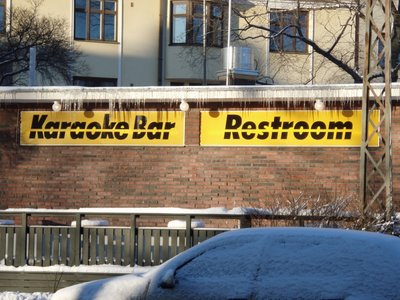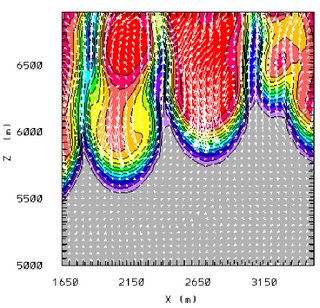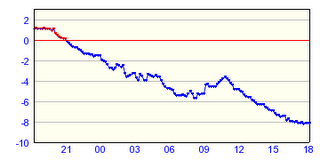Stamp collection? Ha ha.

This weekend's musuem was the Postal Museum of Finland, a museum of the history of mail delivery and stamps. For those who didn't know, I was an avid stamp collector as a child. The collection still resides in my childhood home, untouched for the last five or six years when I ran out of stamp hinges. Fortunately, the Postal Museum of Finland Gift Shop had the solution to my dilemma! So, I will regain the fun of my youth next time I'm home.
Mail has been being delivered in Finland since the 1600s. One route was carried out by Finnish peasants who would transport the mail acorss the Gulf of Bothnia to Sweden. Over 200 Finnish peasants died transporting mail across the Gulf of Bothnia in little boats during storms over time.

I was surprised by the extent to which the Russians went to supress Finnish nationalism in the late 1800s and early 1900s, even through the stamps Finns put on their letters. I was sympathetic to the story of the mourning stamp. There are nice web pages here and here of these efforts to protest Russian oppression.
In all, I was impressed at the amount of information that was present at the museum. There were touchscreens full of pages of information about the exhibits and the history. There were movies of the mail carriers during World War II and storytelling about the Finnish peasants delivering the mail in the storms. Even non stamp collectors would find it interesting, if you are interested in history.
Dave's Trivia Question of the Month: Besides Finland, which other country's postal museum have I visited?









